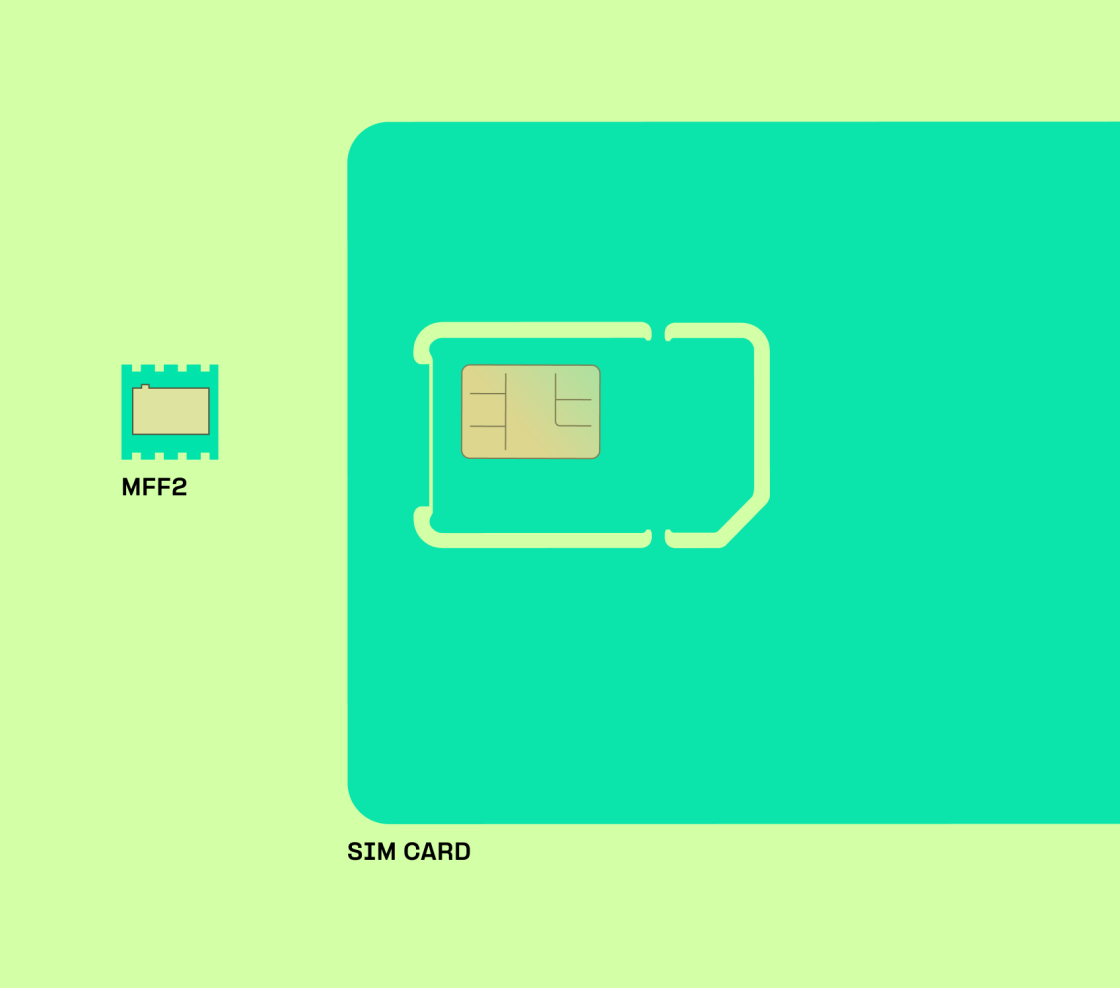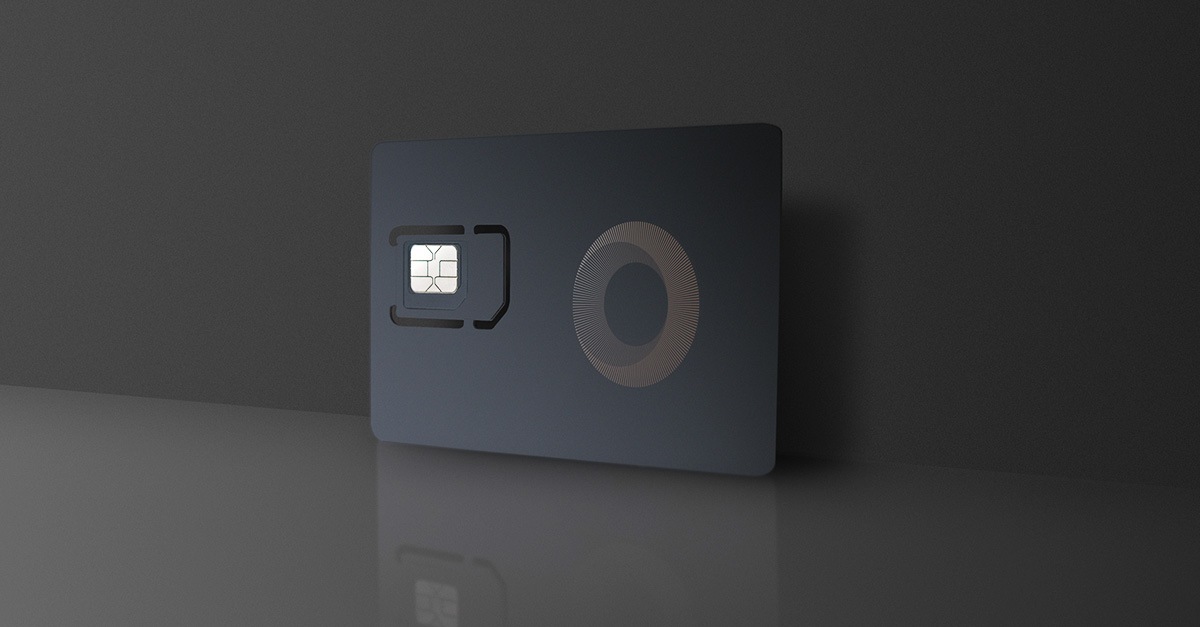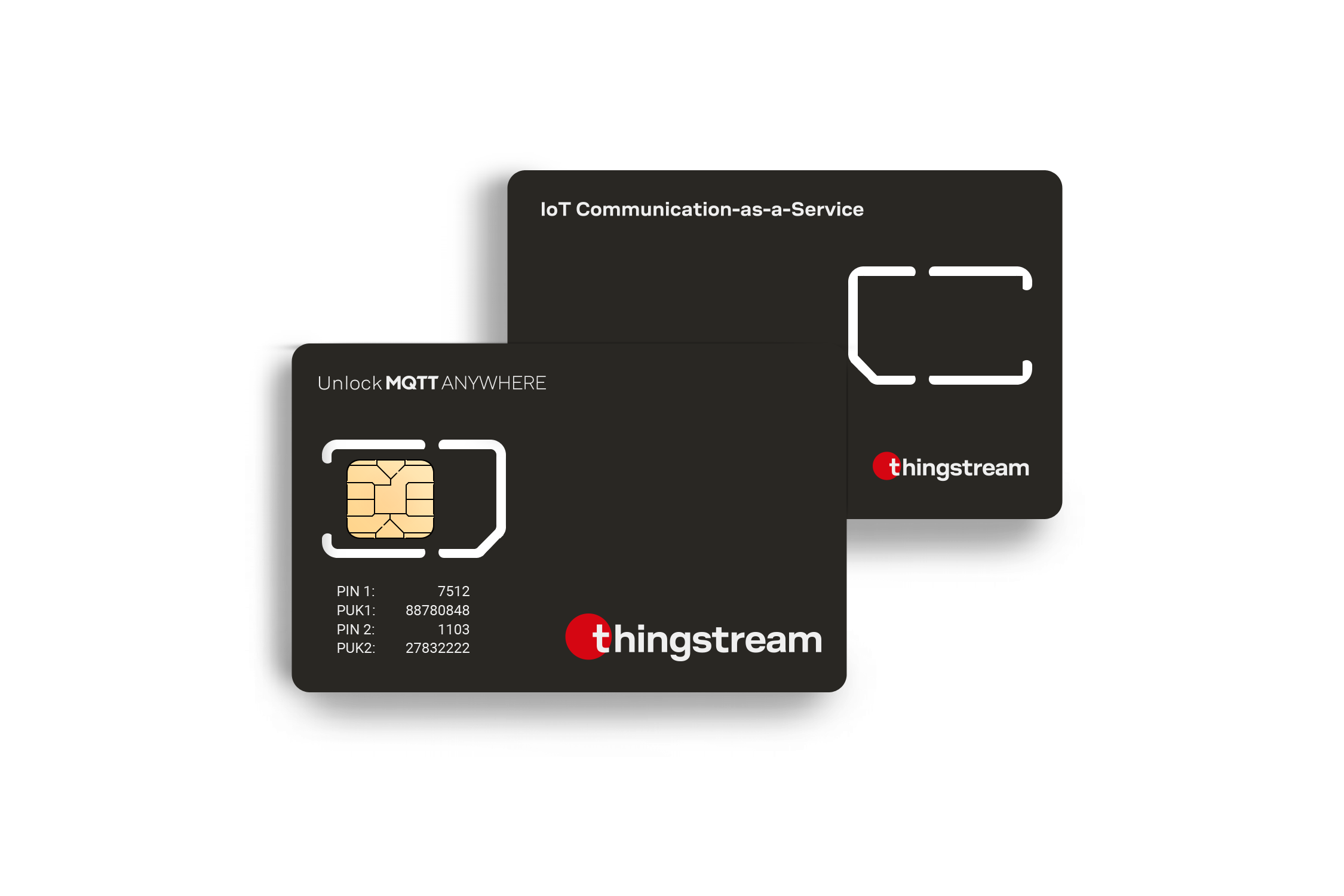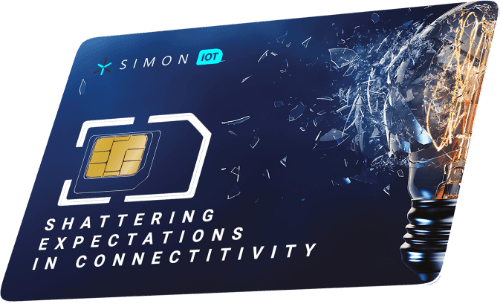Esim Vodacom Sa eSIM Use Cases in IoT
Esim Vodacom Sa eSIM Use Cases in IoT
Blog Article
Vodacom Esim Problems Dynamic eUICC/eSIM Technology Advantages
The integration of Internet of Things (IoT) connectivity for energy administration methods is an emerging pattern reshaping industries and houses alike. As the global demand for energy continues to rise, traditional methods of energy administration are proving inadequate. IoT offers an answer by way of real-time monitoring and management of energy systems, considerably enhancing effectivity.

Energy administration techniques equipped with IoT connectivity allow for the seamless integration of varied technologies. Smart meters, sensors, and connected units relay info instantaneously, enabling customers to trace energy consumption patterns. This data-driven strategy empowers customers to make informed decisions about their energy utilization.
One of the important thing advantages of IoT connectivity is its capacity to facilitate demand response programs. These packages incentivize shoppers to scale back or shift their electricity usage during peak demand intervals. With real-time knowledge at their disposal, energy suppliers can effectively talk with shoppers, encouraging them to adjust their consumption when needed, thus alleviating strain on the grid.
Is Esim Available In South Africa Best eSIM and eUICC Options
Reduced operational prices are one other substantial benefit of IoT in energy administration. By leveraging smart technologies, companies can monitor their energy consumption at different ranges, from single devices to complete amenities. This granularity allows organizations to determine inefficiencies, permitting them to make changes that lead to price savings.
Incorporating renewable energy sources into energy management techniques can be significantly enhanced via IoT connectivity. Solar panels, batteries, and wind generators may be continuously monitored and optimized using IoT solutions. This integration ensures that renewable sources are utilized effectively, thus maximizing their contribution to the general energy combine.
The capability to foretell and forestall gear failures is considerably improved because of real-time monitoring capabilities. IoT sensors can detect anomalies in energy consumption patterns, signaling potential malfunctions. Early detection of issues can lead to proactive maintenance as a substitute of reactive repairs, lowering downtime and related costs.
The role of artificial intelligence at the side of IoT connectivity provides even greater potential for energy management techniques. AI algorithms can analyze information collected from related units to determine patterns and optimize energy usage. This predictive analytics method aids in precisely forecasting future energy needs while sustaining system balance.
Euicc And Esim eUICC Importance for IoT Explained
Security issues are sometimes cited when discussing IoT in any area, together with energy management. As more units turn out to be interconnected, the potential for cyber threats increases. It is crucial for organizations to implement strong cybersecurity measures to safeguard sensitive energy data and ensure system integrity.
User engagement has remodeled considerably with the implementation of IoT in energy administration. Businesses and shoppers alike can interact with their energy methods through user-friendly applications. These platforms provide insights into energy consumption, enabling customers to take motion based mostly on real-time knowledge.

Furthermore, regulatory compliance becomes streamlined with IoT energy management techniques. By automating information collection and reporting processes, businesses can guarantee compliance with local, nationwide, and worldwide energy regulations. This automation saves considerable time and sources, permitting organizations to concentrate on their core operations.
The way forward for energy management lies within the continued growth of IoT connectivity. As extra devices become related, the potential for innovation increases exponentially. The capability to remotely monitor and management energy techniques throughout huge geographical areas will allow unprecedented efficiencies and scalability.
Difference Between Esim And Euicc eUICC: Functionality and Purpose
In conclusion, the convergence of IoT connectivity with energy management techniques represents a pivotal moment in how energy is consumed and managed. The real-time data offered by IoT allows better decision-making, operational efficiency, and engagement for customers and businesses alike - Which Networks Support Esim South Africa. As technologies continue to evolve and mature, the mixing of IoT into energy administration will pave the way in which for a more sustainable and efficient energy landscape.
The journey toward optimal energy management powered by IoT is simply beginning. As organizations invest in these advanced systems, they'll uncover new alternatives for effectivity and sustainability. The promise of IoT connectivity holds super potential, remodeling energy consumption patterns in profound and lasting methods.
Euicc Vs Uicc Multi-IMSI vs eUICC Explained
This technological evolution not only enhances operational capabilities but in addition positions organizations to be leaders in sustainable practices. As customers become more conscious of their environmental impact, energy management methods supported by IoT will play a vital role in fostering a culture of sustainability.
In a world increasingly reliant on know-how, the need for intelligent energy solutions has by no means been higher. IoT connectivity for energy administration is not only an innovation; it's a necessity for the longer term. The blending of smart know-how with energy methods will foster a model new paradigm, yielding advantages that reach properly past instant features.
Continued developments in IoT connectivity will undoubtedly result in additional refinements in energy management methods. As industries adapt and evolve, shoppers will get pleasure from larger reliability, decrease prices, and a sustainable method to energy consumption (Esim Vs Normal Sim).
Vodacom Esim Problems FAQs About eSIM and RSP
With the pace of innovation accelerating, those who embrace IoT connectivity will find themselves on the forefront of an energy revolution. The interconnected panorama of energy administration presents a wealth of alternatives for effectivity and sustainability that cannot be overlooked.
As we move forward, will in all probability be fascinating to observe how IoT will continue to redefine the way energy is managed, consumed, and understood on a worldwide scale.
- Enhanced knowledge assortment by way of IoT gadgets permits for real-time monitoring of energy consumption patterns, facilitating knowledgeable decision-making.
- Integration of smart meters with IoT connectivity allows utilities to optimize energy distribution and manage demand response methods successfully.
- Remote administration capabilities empower customers to manage energy methods from anyplace, enhancing operational effectivity and responsiveness to energy wants.
- Predictive analytics pushed by IoT knowledge can determine inefficiencies in energy usage, enabling proactive measures to reduce waste and prices.
- Scalability of IoT options supports the implementation of energy management systems throughout varied sectors, from residential to industrial purposes.
- Interoperability between different IoT devices ensures a seamless workflow, enhancing the general effectiveness of energy administration initiatives.
- Increased system security measures within IoT frameworks defend sensitive energy utilization knowledge from cyber threats, maintaining user privacy and compliance.
- Continuous firmware updates and cloud integration allow energy techniques to evolve with rising technologies, making certain longevity and adaptableness.
- User-friendly interfaces in IoT energy management functions facilitate engagement and encourage consumer participation in energy-saving practices.
- Smart grids powered by IoT facilitate decentralized energy production, promoting the integration of renewable sources and enhancing grid resilience.
What is IoT connectivity in energy administration systems?
Difference Between Esim And Euicc Guide to eUICC Deployments
IoT connectivity refers to the integration of Internet of Things (IoT) gadgets within energy management systems. It permits real-time information assortment and communication between units, leading to extra environment friendly energy usage and better monitoring of energy consumption.
How does IoT improve energy management?
IoT enhances energy administration by offering detailed insights into energy usage patterns, optimizing useful resource allocation, and automating processes. This leads to reduced energy costs, improved effectivity, and the power to quickly reply to energy demands.
Dual Sim Vs Esim eUICC Profile Management Tools Overview

What types of gadgets are check that commonly used in IoT energy administration systems?
Common devices include smart meters, sensors, related home equipment, and energy monitoring software program. These devices work together to offer complete data for managing and optimizing energy consumption.
Can IoT connectivity improve energy effectivity in business buildings?
Yes, IoT connectivity can significantly enhance energy effectivity in commercial buildings by enabling real-time monitoring, automated controls, and predictive analytics, which help scale back waste and optimize energy utilization based mostly on occupancy and demand (Euicc And Esim).
What Is Vodacom Esim eUICC and eSIM Development Manual

What is the function of data analytics in IoT energy administration systems?
Data analytics performs a crucial function by deciphering the data collected from IoT gadgets. It helps determine developments, predict future energy needs, and make difference between esim and euicc informed selections, which finally lead to improved effectivity and price savings.
Euicc Vs Uicc Key eUICC Information about eSIM
How safe is IoT connectivity in energy administration systems?
Security measures are very important in IoT connectivity to protect in opposition to unauthorized entry and knowledge breaches. Using encryption, secure protocols, and common software updates can strengthen the security of IoT energy administration methods.
What are the benefits of integrating IoT with renewable energy sources?
Euicc And Esim eUICC: Future of SIM Technology
Integrating IoT with renewable energy sources enables better useful resource administration, predictive maintenance, and efficient energy distribution. It helps optimize the utilization of renewable energy while balancing supply and demand in real-time.
How does IoT connectivity support demand response programs?
Physical Sim Vs Esim Which Is Better eUICC (eSIM) for IoT Solutions
IoT connectivity supports demand response packages by enabling real-time communication between energy suppliers and shoppers. This allows for quick changes in energy utilization throughout peak instances, in the end lowering pressure on the grid and decreasing energy costs.
Are there any challenges associated with IoT connectivity in energy management?
Euicc And Esim Understanding eUICC and Its Uses
Yes, challenges can embody interoperability issues between different devices, knowledge privacy considerations, and the necessity for strong cybersecurity measures. Organizations must tackle these challenges to successfully implement IoT connectivity in energy administration methods.
Report this page